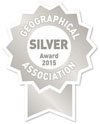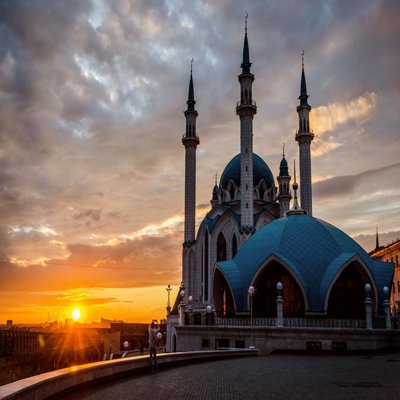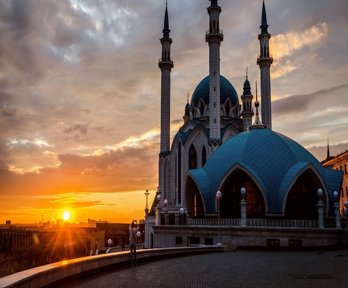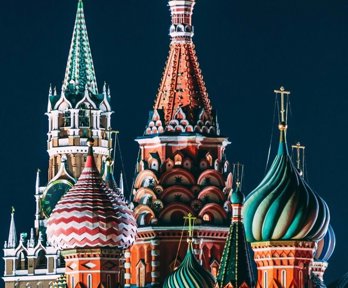In this self-contained six-lesson module, students will develop an understanding of how Russia is a globally significant place and home to a diverse range of landscapes and environments. In the first few lessons, students will explore Russia’s varied physical regions, as defined by their landforms, climate, vegetation and soils. They will analyse enormous spatial variations, from hot desert to icy tundra, not forgetting the marine environment of the Arctic Ocean - large parts of which Russia claims ownership over. Students will learn about the role that geological, climatic, ecological and human processes have all played in Russia's history and the different timescales for the changes that these processes bring to places. For instance, not only will students be made aware of tectonic movements taking place hundreds of millions of years ago, they will also examine how contemporary climate change may be affecting Russian ecosystems.
In later lessons, the emphasis shifts from Russia’s regions towards its role in the world. Russia has always exerted enormous influence on a planetary scale. Past rulers built a global empire, followed by a soviet super-state. Today, Russia is a so-called ‘BRIC’ economy and a G8 nation. Fossil fuel sales to neighbouring countries in Europe, as well as China, provide Russia with wealth, power and influence. As they explore this relationship, students will learn how finite supplies of natural resources can result in global interdependency between different places. Students will also analyse how Russia’s unique story has produced a country whose population is hard to categorise, both economically and demographically. According to most economic and social indicators of development, Russia is a developed country like the UK or France. However, once students begin to explore the data, they will discover facts that may not fully support this view.
Students will also develop their geographical skills while studying this module. They will be immersed in a range of sources of geographical information, including maps, diagrams and aerial photographs. In one lesson, they will analyse a range of data gathered through the use of a ‘virtual’ fieldwork transect across Russia; in another, they will gain spatial awareness using historical maps that chart the changing boundaries of the Russian Empire and the Soviet Union. They will create and construct charts, choropleth maps and proportional arrows, amongst other techniques.
Finally, students will communicate geographical information through the completion of written KS3 assessments at regular intervals. These have been written by a GCSE chief examiner, with an eye on progression towards GCSE.
About the author
Dr Simon Oakes has taught geography since 1991 both at school and undergraduate levels. He currently teaches at Bancroft’s School in Essex. He is Chief Examiner in diploma geography for the International Baccalaureate and a GCSE Chief Examiner. Simon is the author of several course text books, an associate editor of Geography Review magazine and was the lead writer of the Royal Geographical Society’s Geography in the News service for ten years.

This resource has been developed as part of the Rediscovering London's Geography project, funded by the GLA through the London Schools Excellence Fund. It seeks to improve the quality of teaching and learning of geography in London’s schools, in addition to encouraging more pupils to study geography

This resource won a Geographical Association Publishers' Silver Award in 2015


